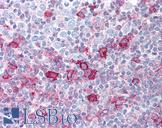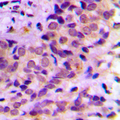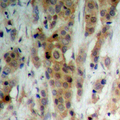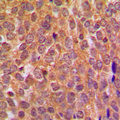Login
Registration enables users to use special features of this website, such as past
order histories, retained contact details for faster checkout, review submissions, and special promotions.
order histories, retained contact details for faster checkout, review submissions, and special promotions.
Forgot password?
Registration enables users to use special features of this website, such as past
order histories, retained contact details for faster checkout, review submissions, and special promotions.
order histories, retained contact details for faster checkout, review submissions, and special promotions.
Quick Order
Products
Antibodies
ELISA and Assay Kits
Research Areas
Infectious Disease
Resources
Purchasing
Reference Material
Contact Us
Location
Corporate Headquarters
Vector Laboratories, Inc.
6737 Mowry Ave
Newark, CA 94560
United States
Telephone Numbers
Customer Service: (800) 227-6666 / (650) 697-3600
Contact Us
Additional Contact Details
Login
Registration enables users to use special features of this website, such as past
order histories, retained contact details for faster checkout, review submissions, and special promotions.
order histories, retained contact details for faster checkout, review submissions, and special promotions.
Forgot password?
Registration enables users to use special features of this website, such as past
order histories, retained contact details for faster checkout, review submissions, and special promotions.
order histories, retained contact details for faster checkout, review submissions, and special promotions.
Quick Order
| Catalog Number | Size | Price |
|---|---|---|
| LS-B2844-50 | 50 µl (85 mg/ml) | $515 |
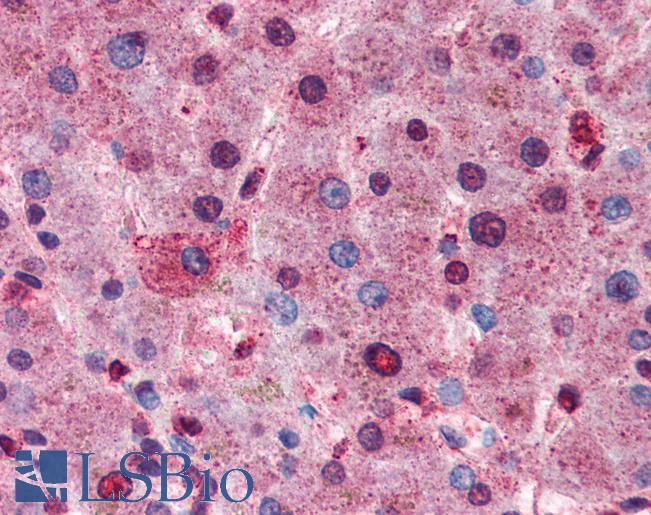
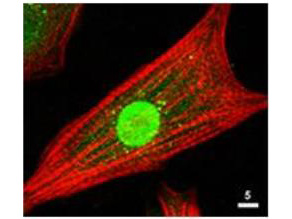
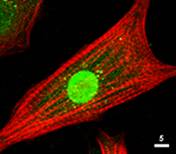
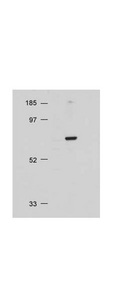
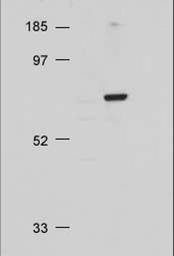





1 of 5
2 of 5
3 of 5
4 of 5
5 of 5
IHC‑plus™ Polyclonal Rabbit anti‑Human AKT1 + AKT2 + AKT3 Antibody (aa460‑480, IHC, IF, WB) LS‑B2844
IHC‑plus™ Polyclonal Rabbit anti‑Human AKT1 + AKT2 + AKT3 Antibody (aa460‑480, IHC, IF, WB) LS‑B2844
Note: This antibody replaces LS-C18882
Antibody:
AKT1 + AKT2 + AKT3 Rabbit anti-Human Polyclonal (aa460-480) Antibody
Application:
IHC, IHC-P, ICC, IF, WB, Flo, ELISA
Reactivity:
Human, Mouse, Rat, Chicken
Format:
Unconjugated, Unmodified
Toll Free North America
 (800) 227-6666
(800) 227-6666
For Research Use Only
Overview
Antibody:
AKT1 + AKT2 + AKT3 Rabbit anti-Human Polyclonal (aa460-480) Antibody
Application:
IHC, IHC-P, ICC, IF, WB, Flo, ELISA
Reactivity:
Human, Mouse, Rat, Chicken
Format:
Unconjugated, Unmodified
Specifications
Description
AKT1 + AKT2 + AKT3 antibody LS-B2844 is an unconjugated rabbit polyclonal antibody to AKT1 + AKT2 + AKT3 (aa460-480) from human. It is reactive with human, mouse, rat and other species. Validated for ELISA, Flow, ICC, IF, IHC and WB. Tested on 20 paraffin-embedded human tissues. Cited in 1 publication.
Host
Rabbit
Reactivity
Human, Mouse, Rat, Chicken
(tested or 100% immunogen sequence identity)
Clonality
Polyclonal
Conjugations
Unconjugated
Purification
Delipidated and defibrinated
Modifications
Unmodified
Immunogen
AKT Antibody was produced from whole rabbit serum prepared by repeated immunizations with a synthetic peptide R-P-H-F-P-Q-F-S-Y-S-A-S-G-T-A corresponding to the C-terminus (460-480) of human AKT proteins conjugated to KLH using maleimide. A residue of cysteine was added to the amino terminal end to facilitate coupling. A BLAST analysis was used to suggest reactivity with this protein from rat, mouse, and chicken based on 100% homology for the immunogen sequence.
Epitope
aa460-480
Specificity
Reacts with the AKT from human tissues. Based on sequence we expect this antibody to react as well with rat, mouse, and chicken AKT.
Applications
- IHC
- IHC - Paraffin (1:100)
- ICC
- Immunofluorescence (1:100 - 1:1000)
- Western blot (1:500 - 1:2000)
- Flow Cytometry
- ELISA (1:2000 - 1:10000)
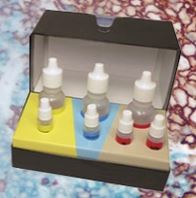
|
Performing IHC? See our complete line of Immunohistochemistry Reagents including antigen retrieval solutions, blocking agents
ABC Detection Kits and polymers, biotinylated secondary antibodies, substrates and more.
|
Usage
Immunohistochemistry: LS-B2844 was validated for use in immunohistochemistry on a panel of 21 formalin-fixed, paraffin-embedded (FFPE) human tissues after heat induced antigen retrieval in pH 6.0 citrate buffer. After incubation with the primary antibody, slides were incubated with biotinylated secondary antibody, followed by alkaline phosphatase-streptavidin and chromogen. The stained slides were evaluated by a pathologist to confirm staining specificity. The optimal working concentration for LS-B2844 was determined to be 1:100.
Presentation
0.02 M Potassium Phosphate, pH 7.2, 0.15 M NaCl, 0.01% Sodium Azide
Storage
Store at -20°C prior to opening. Aliquot contents and freeze at -20°C or below for extended storage. Avoid freeze/thaw cycles. This product is stable for several weeks at 4°C as an undiluted liquid. Dilute only prior to immediate use.
Restrictions
For research use only. Intended for use by laboratory professionals.
Validation
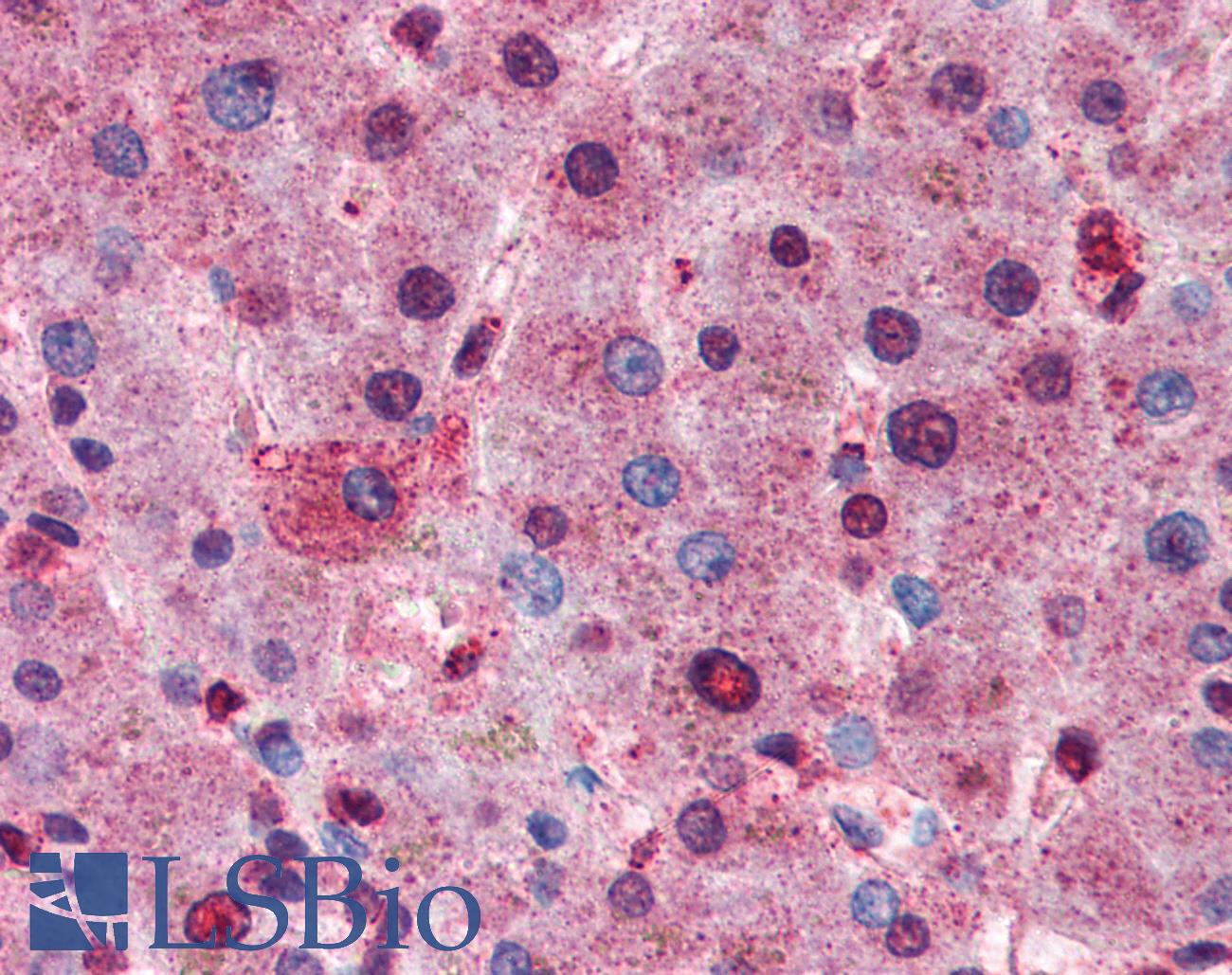
Anti-AKT1/2/3 antibody IHC of human liver. Immunohistochemistry of formalin-fixed, paraffin-embedded tissue after heat-induced antigen retrieval. Antibody dilution 1:100.
Anti-AKT1/2/3 antibody IHC of human liver. Immunohistochemistry of formalin-fixed, paraffin-embedded tissue after heat-induced antigen retrieval. Antibody dilution 1:100.
See More About...
LSBio Ratings
IHC-plus™ AKT1 + AKT2 + AKT3 Antibody (aa460-480) for IHC, ICC, IF/Immunofluorescence, WB/Western, Flow, ELISA LS-B2844 has an LSBio Rating of
Publications (4)
Laboratory Validation Score (4)
Learn more about The LSBio Ratings Algorithm
Publications (1)
Silencing of caspase-8 and caspase-3 by RNA interference prevents vascular endothelial cell injury in mice with endotoxic shock. Matsuda N, Takano Y, Kageyama S, Hatakeyama N, Shakunaga K, Kitajima I, Yamazaki M, Hattori Y. Cardiovascular research. 2007 76:132-40.
Customer Reviews (0)
Featured Products
Species:
Human, Mouse, Rat
Applications:
IHC, IHC - Paraffin, Immunofluorescence, Western blot, ELISA
Species:
Human, Mouse, Rat
Applications:
IHC, Western blot, Peptide Enzyme-Linked Immunosorbent Assay
Species:
Human, Mouse, Rat, Bovine, Sheep
Applications:
IHC, IHC - Paraffin, ICC, Immunofluorescence, Western blot
Species:
Human, Mouse, Rat, Bovine, Chicken, Zebrafish
Applications:
IHC, IHC - Paraffin, ICC, Immunofluorescence, Western blot
Species:
Human, Mouse, Rat, Bovine, Dog, Chicken, Zebrafish
Applications:
IHC, IHC - Paraffin, Western blot
Reactivity:
Human, Mouse, Rat
Range:
Positive/Negative
Request SDS/MSDS
To request an SDS/MSDS form for this product, please contact our Technical Support department at:
Technical.Support@LSBio.com
Requested From: United States
Date Requested: 4/10/2025
Date Requested: 4/10/2025


